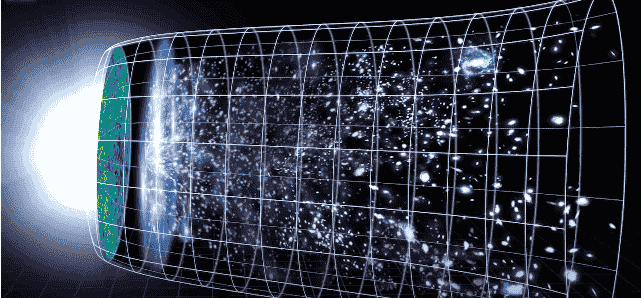
Exoplanets weren’t even known when the James Webb Space Telescope was first conceived.
The observatory is currently demonstrating to astronomers what it has discovered about planets orbiting other stars, even the smaller ones.
James Webb Telescope
The atmospheres of Jupiter-sized planets circling searingly close to their stars have already been detected by JWST since its launch in December 2021 (SN: 8/26/22). Even if those extreme worlds are fascinating, they are not the locations where astronomers hope to search for indications of life.
Astronomers revealed on December 13 and 14 at the First Science Results from the JWST meeting that the telescope is already catching glimpses of atmospheres on known exoplanets of the more earthly variety.
These first glimpses of other planets don’t yet disclose anything about these far-off places. However, scientists are encouraged by what JWST’s keen infrared vision may ultimately reveal about the smaller planets outside of our solar system.
Read more: NASA Perseverance Mars Rover begins construction of first prototype depot on another planet
Southern Ring Nebula

The Southern Ring nebula, a planetary nebula (an expanding, bright shell of ionized gas expelled from red giant stars late in their lives), was one of the first four photos taken by JWST that NASA unveiled in July.
The Southern Ring nebula is around 2,000 light years away from Earth and has a diameter of almost half a light-year, according to NASA.
For thousands of years, the fainter star in the center of the image has been ejecting rings of gas and dust in all directions, giving it the impression of a brilliant glimmer on a priceless sapphire.
According to NASA, the dying star is shrouded in the dust as it performs its last act, a process that our sun will undergo after many billions of years.
The Southern Ring Nebula appears practically face-on in this image, but if rotated to look at it edge-on, Its three-dimensional form might be more accurately described as two bowls joined at the bottom and opening apart from one another, each with a sizable hole in the center.
James Webb’s Mid-InfraRed Instrument (MIRI), which detects light in the mid-infrared range of the electromagnetic spectrum, and its Near-Infrared Camera (NIRCam) have both taken photographs of the Southern Ring nebula.
The NIRCam image clearly depicts the stars and their layers of light, while the MIRI image reveals the second star in the nebula for the first time.
According to NASA, the nebula’s form is influenced by the brighter star, and as the two orbit one another, they stir the pot of gas and dust, resulting in asymmetrical patterns.
Read more: Patriot missile defense technology: How widely is the system used?

